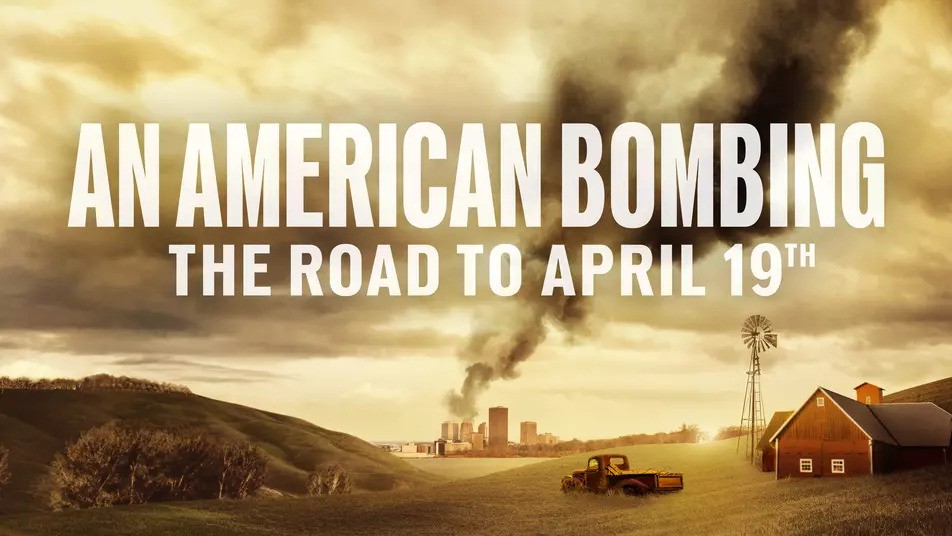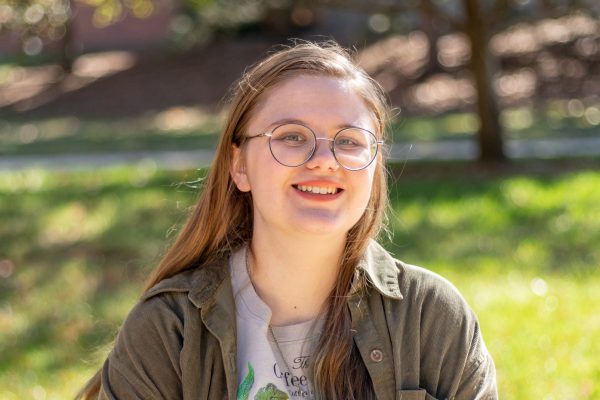April 19 is marked as a tragic day in American history. April 19, 1993, was the Waco Siege. The Branch Davidians, a cult led by David Koresh, killed 80 people after a 51-day standoff between the cult and the FBI that ended with the compound being set on fire.
Exactly two years later, in 1995, Timothy McVeigh, a decorated army veteran who fought in Operation Desert Storm, would carry out what is now known as the Oklahoma City Bombing.
The bombing left 168 people dead, including 19 children. The bombing is noted as the deadliest act of homegrown terrorism in U.S. history.
If you think these days are a coincidence or the day just so happens to be “cursed,” they are not. In fact, April 19th is a special day for far-right extremists as it marks the first shot that rang out during the Revolutionary War. This is important to them because extremist groups believe that there will be a “second revolution.”
The HBO documentary “An American Bombing: the Road to April 19th” includes interviews with the families and victims of the bombing, an interview with former President Bill Clinton and sheds light on the problem of domestic terrorism from then to now.
I liked that Clinton was brought on for this documentary because while the attack took place during his presidency, he also made it a point to talk about his initial reaction to the bombing possibly being a homegrown attack and his experiences with extremists in his home state of Arkansas, including The Covenant, the Sword, and the Arm of the Lord (CSA).
Many people speculated that the Oklahoma City Bombing was carried out by foreign terrorists because of an attempt to bomb the World Trade Center in February 1993. The more veteran reporter and Oklahoma native Mike Boettcher and reporter Bob Sands looked into it, the more it became clear that this was domestic.
Prior to watching the documentary, I had never heard of CSA or what they were capable of. One person who was interviewed was former CSA member and author Kerry Noble, who was a liaison during the four-day siege between the FBI and CSA founder Jim Ellison.
One thing that struck me was when Noble mentioned in the documentary that he was sent to plant a bomb at a gay church until he saw gay Christians worshiping and realized that he didn’t want to be a part of CSA anymore.
Because of these sieges, the groups later decided that they wanted to carry out crimes using individuals, which leads us to McVeigh and his accomplice, Terry Nichols.
The truck that McVeigh had used to carry out the bombing was rented from a body shop in Junction City, Kansas. I thought it was interesting and also kind of scary that Kansas has ties to the bombing because of how horrific this event was.
Overall, the documentary gave me chills and broke my heart, especially after seeing footage of the children at the beginning who were later injured and killed in the daycare center of the Federal Building.
Another powerful inclusion was the memorial honoring the lives lost in the bombing. The memorial is located where the federal building once stood and now has two gates with the timestamps of 9:01, facing west, to show what the documentary describes as innocence before the bombing and 9:03, facing east, to represent the aftermath of the bombing.
The space in between the gates marks the time, 9:02 a.m., where the bomb went off.
Toward the end, the documentary touches on what domestic terrorism looks like today and shows footage of the riots on Capitol Hill on Jan. 6, 2021. When it came to the topic of domestic terrorism today and re-watching the footage of the Capitol riots, I was not surprised.
In fact, if this documentary taught me anything with what information I already knew, it taught me that these far-right extremists will do anything and will go to lengths to prove a point about how they feel “threatened.”
Before they even showed the footage of what happened on Jan. 6, 2021, I was already thinking that the same people who were backing the Davidians in 1993 and McVeigh in 1995 were the same people who supported storming the Capitol.
Attacks like what happened in Oklahoma City go to show that this can happen to anyone at any moment, not because they want to do it but just to do it. There’s always a motive.




